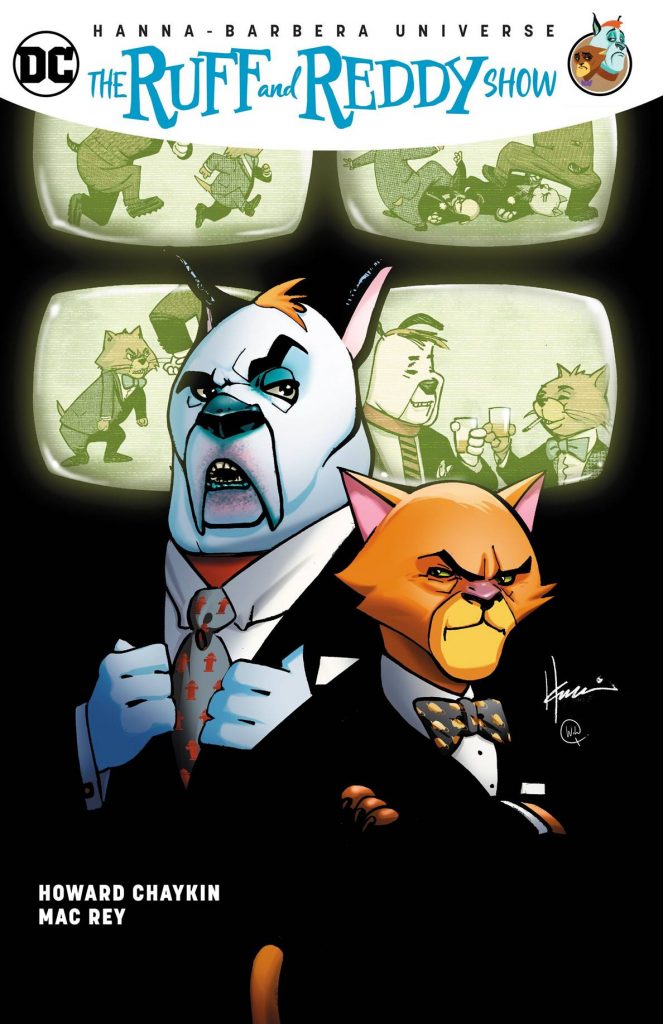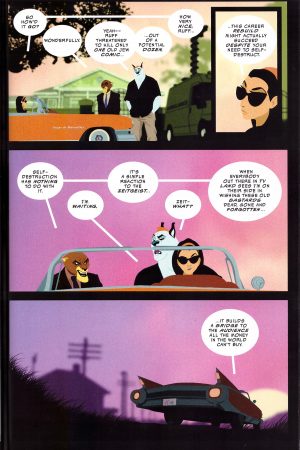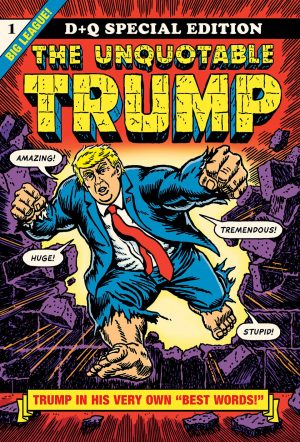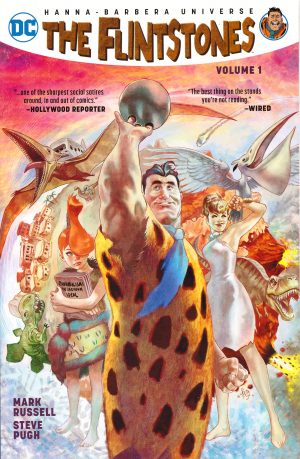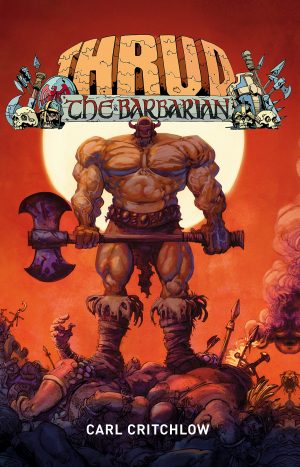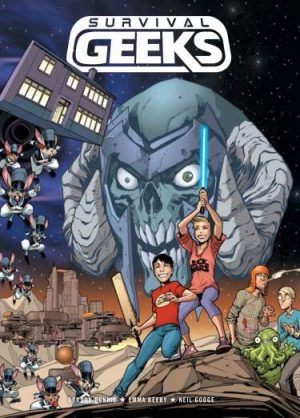Review by Frank Plowright
As the earliest cartoon series from the Hanna-Barbera studio, Ruff and Reddy’s original run was for three years, starting in 1957. It means that when selected for a DC makeover in 2018, Ruff and Reddy were to all intents and purposes new characters for anyone under 65. Unlike most animated cat and dog pairings, Ruff and Reddy are presented as pals, at least on screen, and Howard Chaykin uses their age, beginning by looking back at the Wild West days of early TV production in which “celimates” mixed with humans. Just think Roger Rabbit. While they can fake for the TV screens, the reality is that both are foulmouthed and contemptuous, and over a nice sequence Chaykin shows their decline as individuals once the sponsors pull out of their joint show. Several years later, both are long forgotten when ambitious talent agent Pamela fixes on them as her ticket to the top. Ruff remains arrogant and entitled, while Reddy is broke, but has discovered serenity.
There’s a satirical element to most of Chaykin’s projects, and having worked in the cesspit of comics and the even greater television cesspit he’s ideally placed to stick the knife in deep and twist it. There’s not a person to be trusted, or a friendship to be had, everyone only interested in being seen with someone or tapping them for a rung up the ladder. It’s bleak, it’s sordid, and it starts off as very funny.
Chaykin draws the short opening section detailing the days before Ruff and Reddy’s success, while Mac Rey’s digital animation style is responsible for the remainder. The story is told in brief snippets and often via televised clips, and Rey’s bright studios illuminate the stars, while his silhouettes keep them dark, which is far nearer the truth, as no trick is too dirty when there’s a little fame at stake.
We follow the disinterred Ruff and Reddy as they tour from one promotional opportunity to the next, the subtext being that this is all a game to ratchet up their profile, and actually doing anything but promotional appearances and taking meetings is inadvisable. Until the guest slots start rolling in. That’s Chaykin’s opportunity to take a poke at the most popular TV of the 2010s, but by this point what started out as fresh has become laboured, the very show business cycle Chaykin is satirising.
In the end this rags to rags story front-ends its better moments and limps to an inevitable finish featuring too many brief gags and not enough plot. It’s an interesting form of shorthand storytelling, but ultimately unsatisfying. Rey’s art, though, is great.
